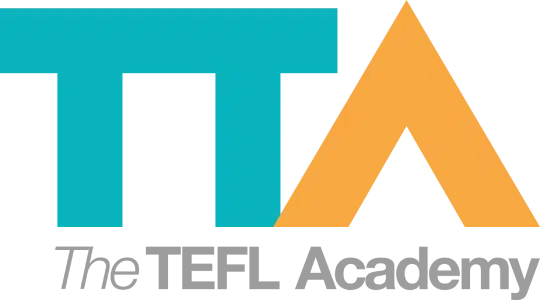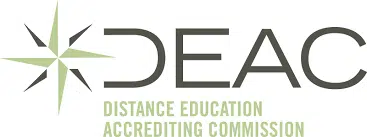How To Reduce TTT
Join a global community of over 200,000 TEFL teachers working throughout the world! Enrol me!
As a teacher, there are a few cardinal sins which we commit, often unknowingly or on a regular basis. Not grading your language is one, not showing interest in your students is another and abusing teacher talk time is the third.
Getting the right balance of teacher talk time (TTT) and student talk time (STT)
Teacher talk time is obviously something we must indulge in in the classroom, but there is a fine line between saying what is necessary and dominating the airwaves. Getting the balance of teacher talk time (TTT) and student talk time (STT) is essential in the language learning classroom because too much of one and too little of another will result in an ineffective learning environment.
Let’s be clear, as a rule of thumb there should be more STT than TTT.
Even though you need to give instructions, answer questions and correct homework, there is still no reason for you to talk more than the students. Your students need to be asking questions, discussing with their partners or completing language tasks, all of which involve talking.
Simple tips to allow more STT
If you find that you are talking too much, try these simple tips to allow more STT:
- Keep quiet. If you are asked a question, don’t answer immediately. There is a chance another student may be able to answer the question just as well as you can. The same goes for explanations and clarifications.
- Use gestures. Sounds silly but what this actually does is take away the reliance on the teacher. Instead of always expecting the answer to come from the teacher, the students have to work to interpret what the teacher means.
- Use groupwork. Taking the teacher-student or teacher-class interaction out of the lesson in favour of the student-student configuration automatically allows your students the space to talk to each other. You may even find they no longer need to ask you as many questions.
- Ask questions. Your students shouldn’t be the only ones asking the questions. Asking leading questions encourages your students to think more and be independent.
If you are not sure if you are overdoing it on the TTT, recording a lesson is one way to check on this objectively or, after a lesson, think back and try to work out what percentage of the lesson the students spent listening to you talk. If you feel that it was close to half the lesson (or more!), then you definitely need to rethink your communication strategies in the classroom.
Accreditation Partners
The TEFL Academy was the world’s first TEFL course provider to receive official recognition from government regulated awarding bodies in both the USA and UK. This means when you graduate you’ll hold a globally recognised Level 3 (120hr) Certificate or Level 5 (168hr) Diploma, meaning you can find work anywhere and apply for jobs immediately.
 United States
US
United States
US












